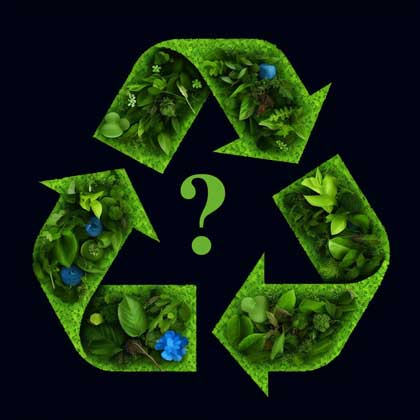In recent years, lab-grown diamonds have gained popularity as an alternative to naturally mined diamonds. Proponents of lab diamonds often tout their sustainability as a key selling point. However, it is essential to critically examine the claims surrounding lab diamonds and understand why they may not be as sustainable as some assert. Let’s explore the main reasons behind this argument and shed light on the complexities of the lab diamond industry.
Energy Consumption and Carbon Footprint
While it is true that lab-grown diamonds do not involve mining, their production process relies heavily on energy-intensive technologies. Creating diamonds in a laboratory necessitates high temperatures and high-pressure chambers, resulting in substantial energy consumption. The electricity required for these operations often comes from fossil fuel-dependent sources, contributing to carbon emissions and environmental impact. Therefore, claiming lab diamonds to be entirely sustainable disregards the carbon footprint associated with their production.
Limited Lifespan of Diamond-Growing Facilities
Lab-grown diamond production facilities have a limited operational lifespan, typically ranging from 20 to 30 years. After that period, the infrastructure needs to be dismantled and replaced, leading to additional resource consumption and waste generation. In contrast, natural diamond mines can be in operation for several decades, and once closed, they can often be rehabilitated and repurposed for other uses, minimizing environmental disruption.
Chemical Usage and Waste Disposal
The process of growing diamonds in a laboratory involves the use of various chemicals, such as methane and hydrogen. While these substances may not be as harmful as the toxins released during mining operations, their production and disposal can still pose environmental risks if not handled properly. The management of chemical waste generated by lab diamond facilities needs stringent protocols to prevent pollution and safeguard ecosystems. Failure to adhere to rigorous waste disposal practices can undermine the sustainability claims associated with lab-grown diamonds.
Water Consumption and Sourcing
Water scarcity is a pressing global concern, and any industry’s water usage must be scrutinized from a sustainability perspective. Although lab-grown diamond production does not consume water on the same scale as mining, it still requires significant amounts for cooling and other processes. The origin of this water, its sustainability, and the impact on local water sources are crucial factors to consider when assessing the environmental footprint of lab diamonds.
Lack of Long-Term Research and Transparency
The lab-grown diamond industry is relatively young, and extensive long-term research on its environmental impact is still limited. While initial studies suggest that lab diamonds may have certain sustainability advantages over mined diamonds, more comprehensive and independent research is needed to validate these claims. Additionally, the lack of transparency surrounding the operations of some lab-grown diamond manufacturers makes it very challenging to fully assess their environmental practices and ascertain their overall sustainability.
Moreover, it is worth noting that in certain regions, such as mainland China, there have been instances of extremely wasteful lab-diamond factories that have further raised concerns about the industry’s sustainability. These factories have been reported to have inadequate waste management systems, leading to environmental pollution and damage. While it is crucial to acknowledge that these instances may not represent the entire lab diamond industry, they underscore the importance of responsible manufacturing practices and rigorous oversight to ensure sustainability.
In conclusion, while lab-grown diamonds may offer some environmental benefits compared to naturally mined diamonds, it is crucial to acknowledge the complexities and limitations of their sustainability claims. Energy consumption, carbon footprint, limited facility lifespan, chemical usage, water consumption, and the need for further research are all factors that challenge the notion of complete sustainability in the lab diamond industry.
As consumers become more environmentally conscious, it is essential to make informed choices based on accurate information. Understanding the nuances and trade-offs involved in various diamond production methods empowers consumers to align their purchasing decisions with their sustainability values.







